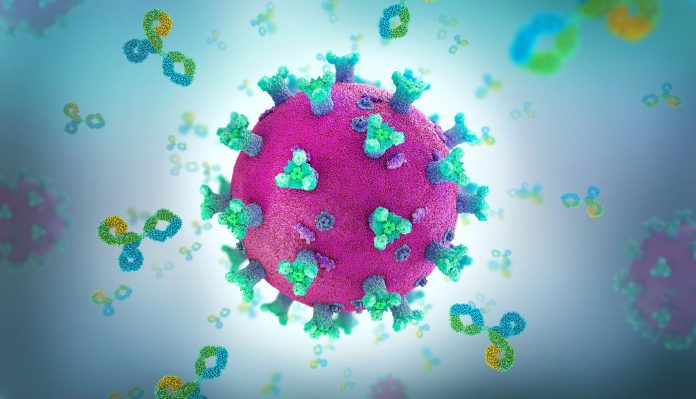Infection
High Exposure to SARS-CoV-2 May Reduce Protection from Vaccination, Prior Infection
Researchers at Yale University, the University of Florida, and the Connecticut Department of Correction have published new findings in Nature Communications that shows high levels of exposure to SARS-CoV-2 may reduce protection from COVID-19 vaccines and prior infection of the virus. The study suggests that in crowded environments, that methods to reduce exposure such as masking and social distancing, may help prevent new infections among people who have been vaccinated or have contracted the disease in the past.
Margaret Lind, a research scientist at Yale School of Public Health lead the study conducted at the Connecticut Department of Correction system to better understand the effects of whether immunity among those with a prior infection or who had been vaccinated was lowered when people were exposed to high levels of the virus.
But answering this question during the pandemic presented challenges. “It’s really hard to find a population, such as the residents of the Connecticut Department of Correction, where we know the type of exposure somebody has and we know their vaccination and prior infection status,” Lind noted.
According the Byron Kennedy, chief medical officer for the Connecticut Department of Correction and associate clinical professor at the Yale School of Public Health, the program at the Department of Correction provided “a unique opportunity to answer this question because the Department of Correction had mounted an intensive COVID-19 testing program and we were identifying and isolating infected individuals.”
For this research, the team tracked COVID-19 infections of 15,444 residents in the state’s correction facilities for one year over the course of two waves of infections from both the Delta and Omicron variants. Based on their tracking they were also able to identify which people had experienced a high exposure to the virus based on sharing a cell with a person who had tested positive.
The research showed that during surges from both COVID-19 variants, that inmates who had acquired immunity from a vaccination, prior infection, or both vaccination and infection—called hybrid immunity—showed weaker immunity when they had lived with an infected cellmate.
During the Delta wave, the investigators found that vaccination was 68% effective at preventing infection in residents without a documented exposure but was just 26% effective in residents with exposure to an infected cellmate. Similarly, previous infection was 79% effective in preventing infection in residents without a documented exposure but was 41% effective when a resident was exposed to an infected person in their cell. Hybrid immunity was most effective at preventing infection, exhibiting 95% and 71% effectiveness.
The same patterns appeared during the Omicron wave:
- Vaccination was 43% effective at preventing infection in residents without documented exposure but was just 4% in residents who shared a cell with an infected person;
- A previous infection was 64% effective without a documented exposure but was only 11% effective when a resident was exposed to an infected person in their cell; and
- Hybrid immunity was only 20% effective in residents with an exposure in their cell as compared to being 76% effective in residents without documented exposure.
In all, during the two waves from the Delta and Omicron variants, inmates had a five- to 10-times higher risk of infection when they shared a cell with an infected person, and two- to four-times higher risk of being infected when an infected person resided in the same cell block.
“This research is the first study, as far as we are aware, that provides real-world evidence for the exposure-dependent or ‘leaky’ nature of the immunity afforded by vaccination and infection,” Lind said.
Added co-senior author Albert Ko, a professor of public health at Yale School of Public Health: “We suspect that leaky protection may be the norm for immunity to many infectious diseases of public health importance. This study is a good example of leveraging collaboration between state government and a university to answer a difficult yet fundamental question on how immunity to COVID-19 works, in addition to guiding how we protect our vulnerable populations.”

